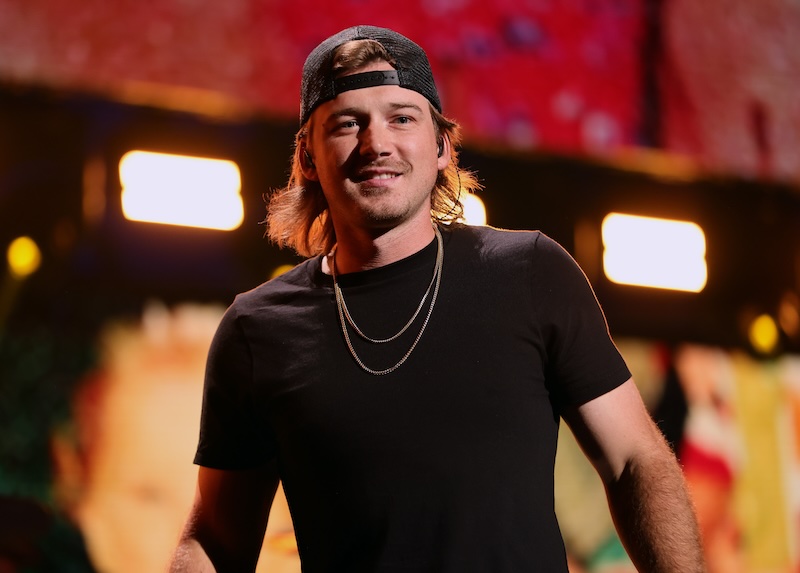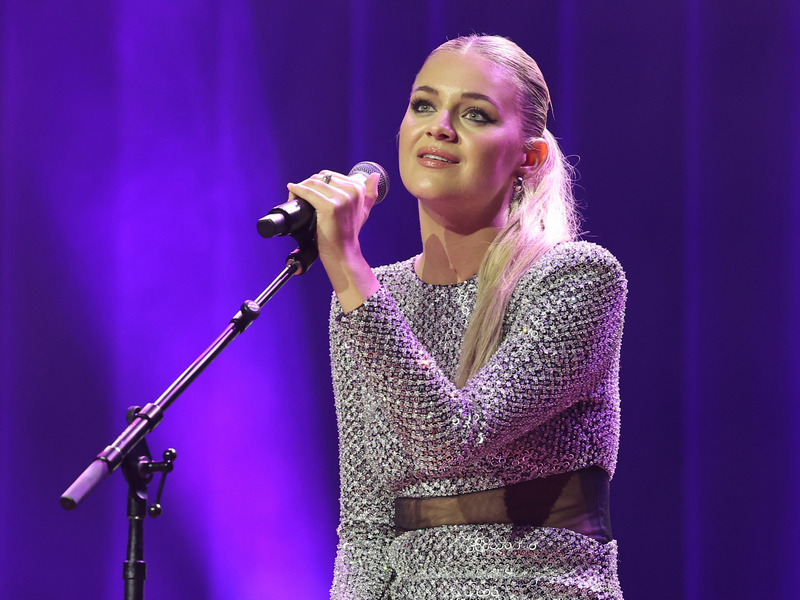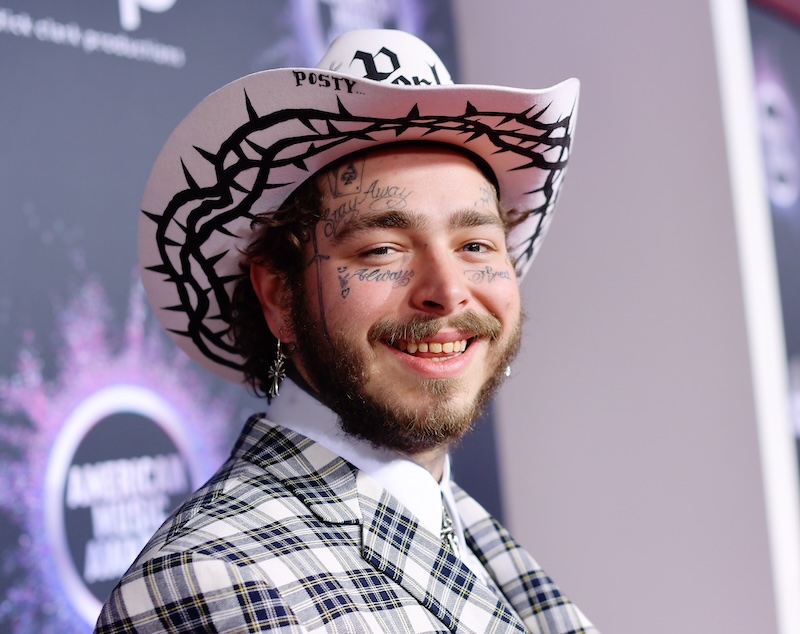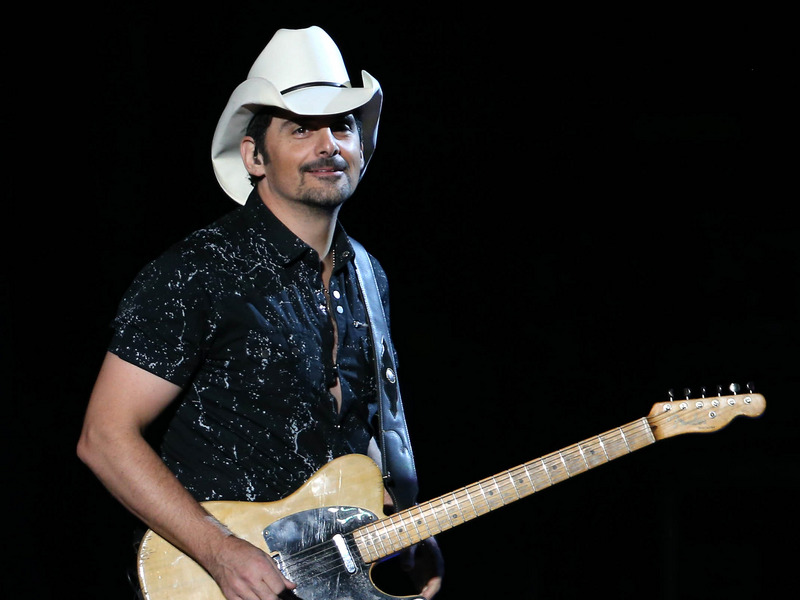By Jimmy Hyams
COOPERSTOWN, N.Y – Somehow, a stranger had recognized me. He lives in Knoxville. Like me, he was here to enjoy the annual downtown parade on Main Street that accompanies the National Baseball Hall of Fame weekend in this quaint village of 1,852.
“What are you doing here?’’ he asked, “I thought John Wilkerson was the baseball expert on your (radio) show.’’
Wilkerson is the baseball expert. But more than 40 years ago, he had not enjoyed the Forrest Gump moment that I did.
I was in Cooperstown out of respect for a former North Louisiana American Legion teammate – Lee Arthur Smith.
Funny, I didn’t know the first few weeks I played with this pitching prodigy that his last name was Smith. I thought it was Arthur. I even wrote a story using Arthur as his last night. Nice job of reporting, right?
While I didn’t know his name right away, I knew immediately he was a special talent.
In his first appearance with our team, the lanky 6-foot-3, 185-pound 15-year-old struck out 17 in seven innings and beat the defending state champions in Ruston, 7-1.
There weren’t many games in which a shortstop was so inactive. That ensured I wouldn’t make an error.
And to think, Smith said he didn’t start pitching until he was 14. He was seen throwing a softball from an outfield at his high school in tiny Castor, La. (pop. 258) and the principal called Smith into the office, pleading for him to play baseball.
It was a hard sell.
Smith’s first love was basketball. In fact, he quit baseball when the Cubs switched him from a starter to a reliever to sign a basketball scholarship with Northwestern State in Natchitoches, La. (my hometown).
But he was soon talked into returning to the mound by then-Cubs coach Billy Williams, who convinced Smith that relief pitching in the majors would be a Thing – that the game was trending in that direction.
About 17 years after that conversation, Smith retired as the Major’s all-time saves leader with 478. He was the first to have 30 saves in 10 seasons. He was the relief pitcher of the year three times. He was a seven-time All-Star. He had the best strikeout rate of any reliever. He had completed more games than any reliever in history. And of his 478 saves, 169 required more than three outs.
Smith was not immune to the two- or three-inning save. It wasn’t until midway in his career that he was called upon primarily in the ninth inning.
Here’s an interesting stat: Smith inherited about 180 more baserunners in his career — often emerging from the bullpen with that slow, John Wayne-like strut – than Mariano Rivera, a unanimous Hall of Fame selection.
Here’s an interesting note: Smith and Rivera both entered the pros as starters and wound up in the HOF as relievers.
While Rivera was an instant inductee, Smith was overlooked for 15 years as a Hall of Famer, while others with fewer saves, like Rollie Fingers and Goose Gossage, were enshrined. It took the wisdom of the Veterans Committee to do what should have been done years ago – honor Smith and make him the first black reliever to earn a bust.
Former St. Louis manager Tony LaRussa, who I saw in the Albany airport Monday morning, also wondered: “I don’t know why it took so long.’’
Rick Sutcliffe, a star Cubs pitcher who appreciated Smith’s ability to close a game, was ecstatic with Smith’s selection.
“When Lee came in,’’ Sutcliffe said, “you knew the game was over.’’
Sutcliffe said the “best ability is availability’’ and Smith was always ready when beckoned.
“If you lead the Majors’ in any (major) category,’’ Sutcliffe added, “you’re a Hall of Famer.’’
Smith, who pitched for eight teams and played with many Hall of Famers, didn’t seem upset that it took so long to make it to Cooperstown. Instead, he expressed relief that his relieving was finally rewarded.
When I saw Smith on Saturday in Cooperstown moments before a press conference, I wasn’t sure he’d recognize me. It had been 30 years since I had seen him (in Anaheim when he was pitching for Boston and I was covering a Tennessee-UCLA football game in the Rose Bowl stadium.)
Saturday, I approached Smith with a hand held out.
He smiled: “Give me a hug,’’ he said.
Smith expressed great appreciation for those that went out of their way to make the trip to a place some 75 miles from this state’s capital, Albany. Former American Legion teammates Charlie Cockfield and Danny Myers (also from Colfax) made the trip. As did former Northwestern State Sports Information Director Doug Ireland. As did the manager and son of the coach on that American Legion team in Natchitoches, Gary Morgan. As did several from Colfax.
At a Saturday night party thrown by the Cubs in Smith’s honor, former players and coaches and mentors of Smith posed for pictures with the man of the hour.
Four other Cub Hall of Famers attended and provided positive testimonials: Andre Dawson, Fergie Jenkins, Billy Williams and Rhyne Sandberg. Another Hall of Famer, Ricky Henderson, stole some of the spotlight – after all, he was the all-time steals leader. He also holds the MLB record for career runs scored.
MLB Commissioner Rob Manfred was also there, as was the Cubs chairman, Tom Ricketts.
During his induction speech, Smith said he was nervous speaking at the podium with a bunch of Hall of Fame hitters standing behind him.
Smith thanked the Hall, thanked the voters, thanked the sportswriters who kept his name on the ballot, thanked his family, thanked those that had an impact on his life. He spoke with great eloquence for a guy from a small Louisiana town who was extremely shy as a youth.
Smith was discovered by former Negro League star Buck O’Neil, a talent and talented scout for the Cubs who happened to be in North Louisiana to scout Vida Blue’s nephew. O’Neil offered Smith a contract in 1995.
While Williams convinced Smith to stick with baseball, Jenkins taught Smith how to throw a curve and how to be a pitcher.
Smith said he wanted to be a dependable teammate and an available teammate. He was.
He was also known for taking a nap during games, not awaking until the 6th inning, when he might be needed to finish a game.
And when it mattered most, in those late innings, few were ever better than Lee Arthur Smith.
As Smith accepted his enshrinement before about 50,000 sun-splashed baseball fans, icons Rod Carew and Roberto Alomar and Jim Rice and Pudge Rodriguez and Eddie Murray and Ken Griffey Jr., and Tony Perez and Johnny Bench and Chipper Jones stood on a stage behind him.
Smith was center stage, a reward long overdue.
He was extremely grateful.
So was I.
Sponsored by Big Kahuna Wings: The wings that changed it all




















